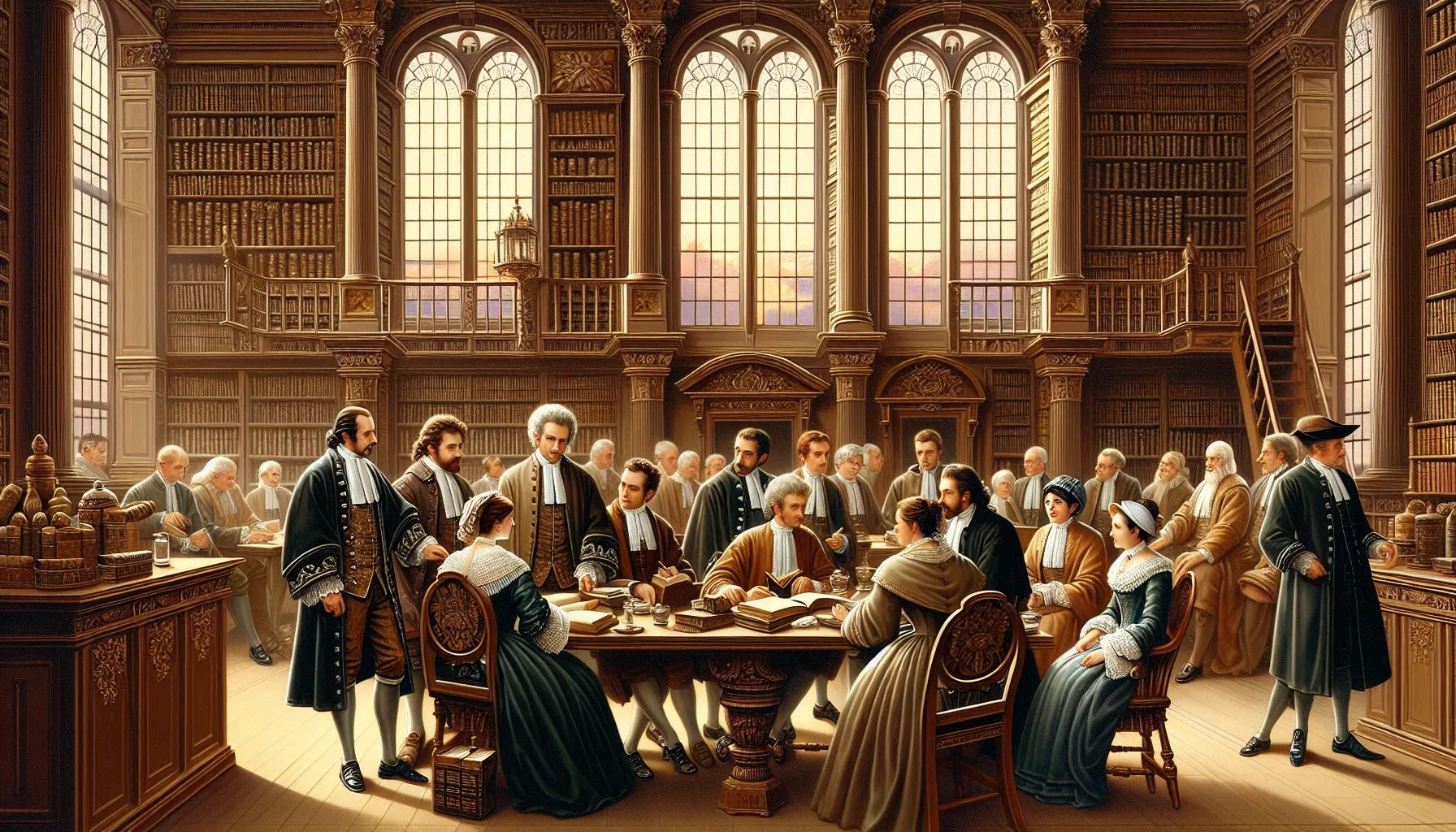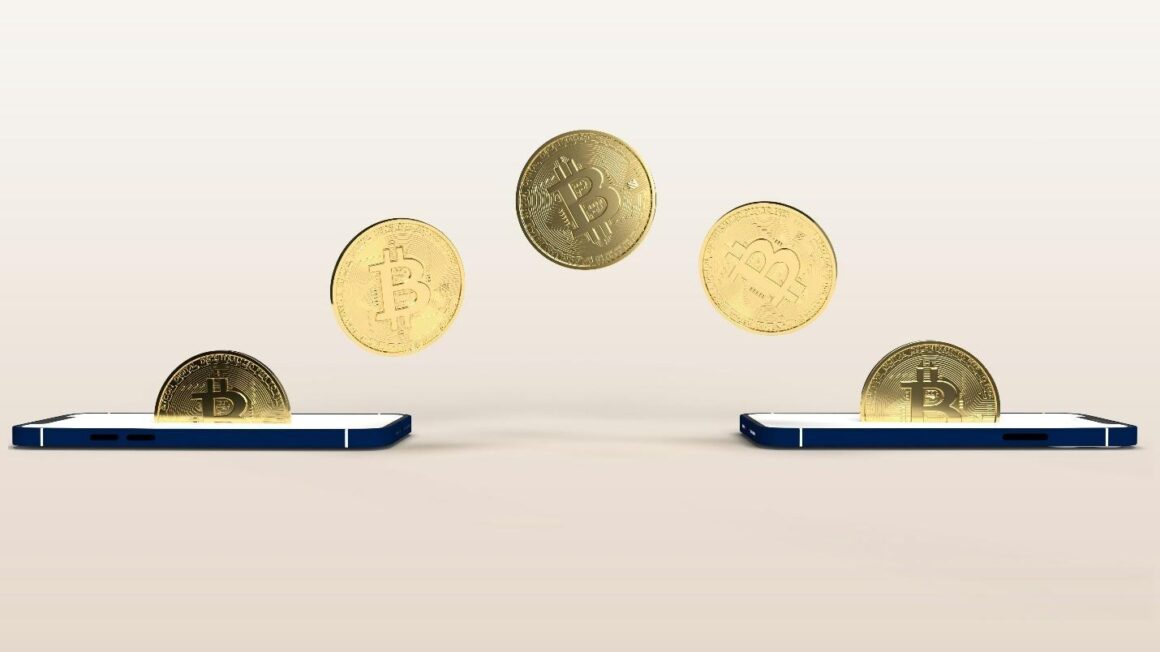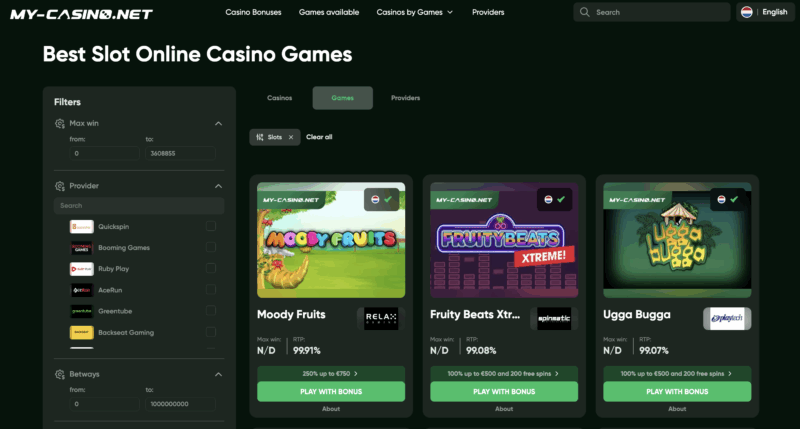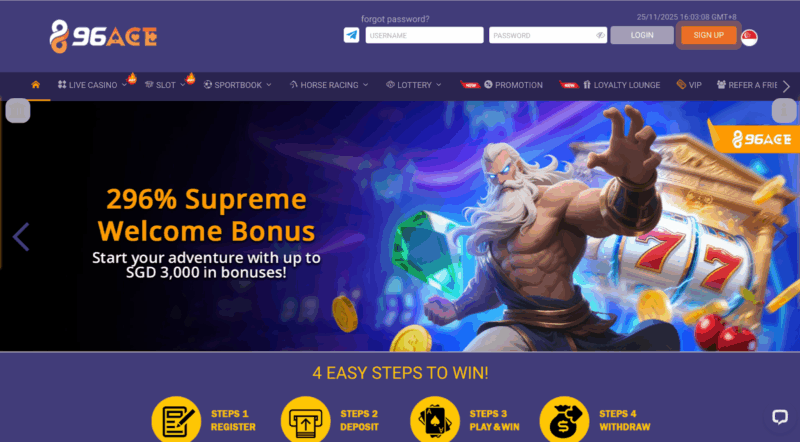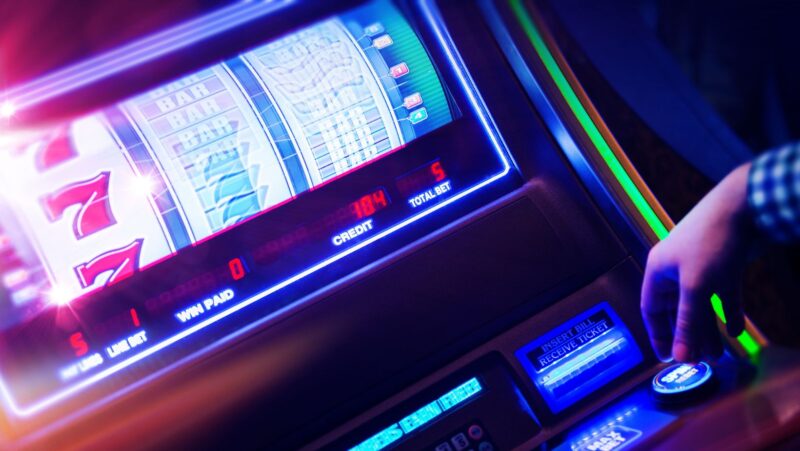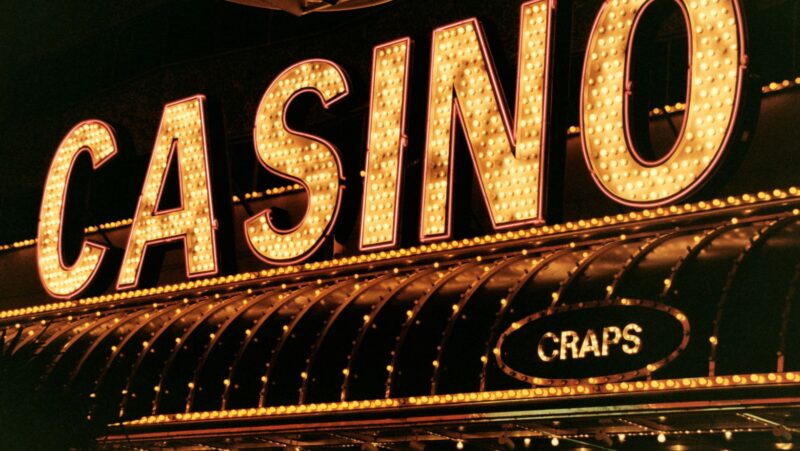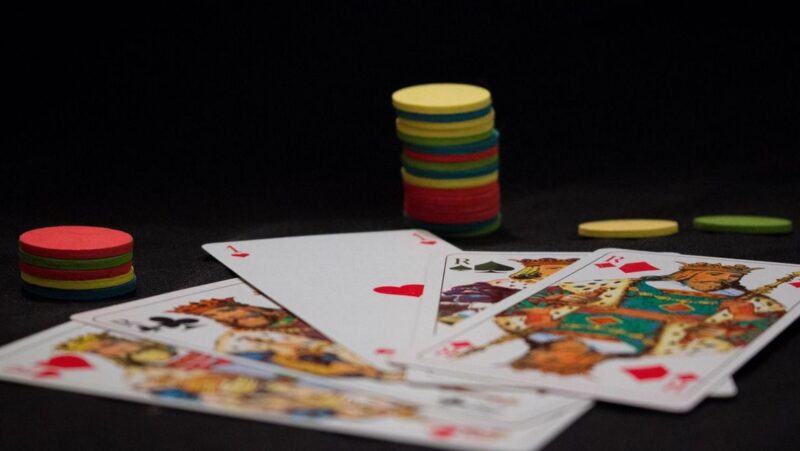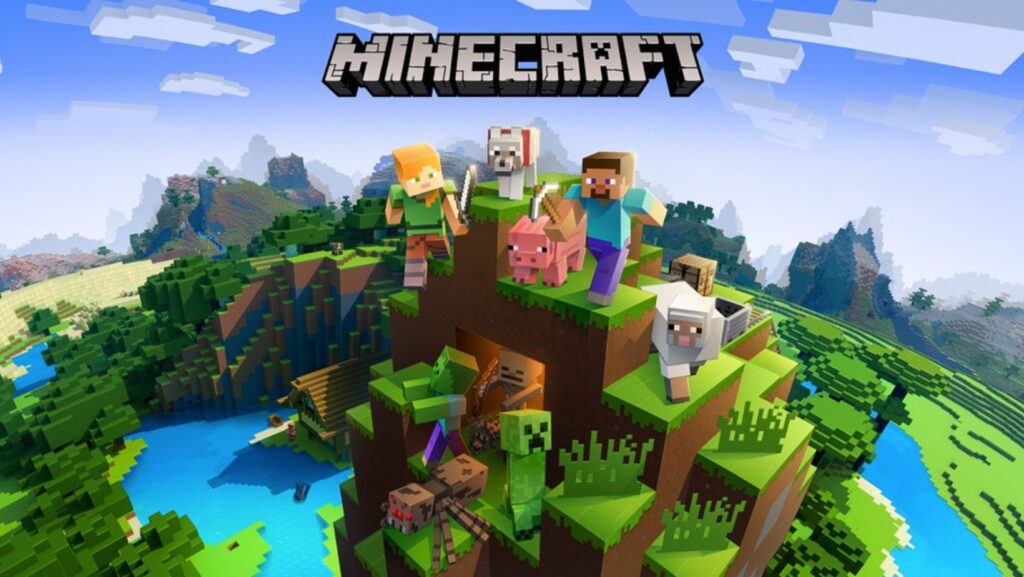
Minecraft has been around for over a decade, yet it still sparks creativity in new players every day. People have spent endless hours stacking blocks, exploring landscapes, and building whatever they can imagine. Some of us started on simple dirt huts, while others designed elaborate castles or entire cities. But there’s more happening here than just placing blocks. This game is helping people develop problem-solving strategies, learn how to collaborate, and find new ways to express themselves. Here’s how it works.
Minecraft as a Playground for Problem-Solving
Minecraft is built around a survival mode that throws you into a new world and leaves you to figure out how to stay alive. You collect resources, craft tools, build shelter, and fend off enemies. If you’ve seen someone intently punching trees for wood, that’s only the beginning. They’re also learning to tackle obstacles head-on.
Critical thinking at every turn. Each time you face a creeper blowing up your house or a shortage of food, you have to find creative solutions. You might decide to set up an automated farm to gather wheat, or maybe you want to create a moat around your house to protect yourself from mobs. Either way, these challenges push you to analyze the situation, weigh the pros and cons of potential solutions, and act.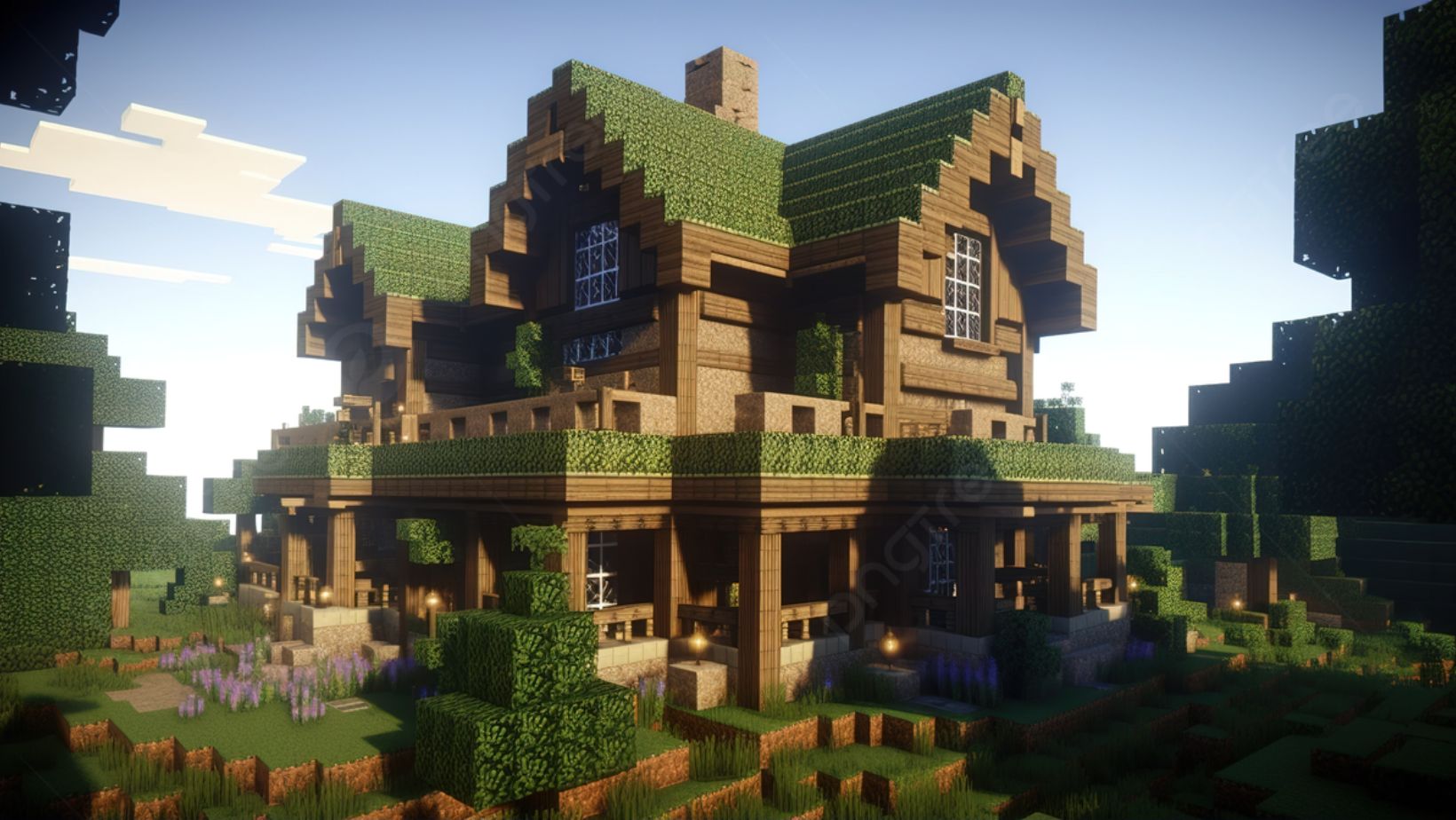
Resource management and prioritization. Early in the game, you have minimal supplies and must choose carefully what to craft or build first. Do you spend valuable iron on a pickaxe, or do you save some for a sword? These small decisions teach you how to budget resources and focus on what’s most important, which is a skill that translates to tasks like planning household expenses or running a small business.
Experimentation and learning from mistakes. Not every plan in Minecraft works out. Sometimes you’ll waste precious materials on a design that collapses or fail to light up a cave and get swarmed by zombies. But you adapt. You try something else. Learning by trial and error is a key part of the game, and it’s often the best way to figure out what does and doesn’t work in real life, whether you’re dealing with a complicated spreadsheet or training for a new skill.
Teamwork and Communication in Shared Worlds
Ask any Minecraft player who’s teamed up on a server with friends, classmates, or even strangers—collaboration is a huge part of the experience. There’s something special about building a castle wall while someone else carves out a mine shaft below. When you jump into a communal project, you get better at working with others.
Division of labor. In big multiplayer builds, each person often takes on a specific task based on their strengths. One player might focus on gathering rare resources while another designs the layout. This division of tasks saves time, but it also builds trust. You learn to rely on people to fulfill their roles, and they learn to trust you, too.
Sharing knowledge. Minecraft has a crazy amount of hidden features and techniques. If you don’t know how to brew potions or build a redstone contraption, someone on the server probably does. It’s common for players to share tips, build tutorials, or help new folks figure out the basics. Over time, you get comfortable passing on what you know, and that teaches you how to explain complicated ideas clearly—something that helps in workplaces and classrooms.
Resolving conflicts. People don’t always agree on how a community build should look or who gets to claim a certain plot of land. But through chat and voice calls, players negotiate. They compromise on design details or decide to split tasks in a fair way. Figuring out how to keep everyone happy is a social skill that often takes years to develop. Minecraft accelerates that by putting you in situations where you either solve your differences or end up with a half-finished project. No one wants a half-finished project.
Forming friendships across the globe. Multiplayer servers don’t care about your age, location, or background. You may be building with someone on another continent who’s a different generation. Suddenly, you have a new friend who teaches you about their culture, time zone differences, or even shares ideas that never crossed your mind. That’s a powerful reminder of how connected our world can be.
Creativity, Innovation, and Digital Literacy
There’s no shortage of wild builds in Minecraft. People have recreated everything from the Starship Enterprise to full-scale models of real cities. That level of creativity doesn’t just come out of nowhere. It develops over time as you learn how to build more complex structures, experiment with redstone circuits, and incorporate new updates into your projects.
Building in 3D space. Placing blocks in a grid might not sound groundbreaking, but it forces you to think in three dimensions. If you’re designing a massive tower, you have to imagine how tall it will be, how wide the base should be, and what materials best fit the style. This translates to real-world spatial skills. Architects, engineers, and interior designers all use 3D visualization when planning spaces. Starting with virtual blocks is a surprisingly effective introduction to that mindset.
Introduction to coding and technical skills. Minecraft is also a gateway to more advanced digital skills. The redstone system gives players a mini-lesson in logic circuits. Some servers allow custom modifications (mods) that require coding know-how to install or create. Even editing config files to adjust game settings can teach you how software systems work under the hood. Kids who learn this stuff might find themselves more comfortable exploring STEM fields later on.
Inspiring entrepreneurial ventures. There are people out there who host successful Minecraft servers and generate income through in-game economies or paid memberships. Others create custom plugins or offer building services for community projects. Some folks even stream their gameplay, turning their love of the game into a paying gig. That blend of creativity, planning, and tech knowledge fosters an entrepreneurial spirit.
Personal expression. Minecraft gives you a blank canvas to express yourself. You can design medieval kingdoms or futuristic cities, each reflecting your personal style. Some people celebrate their achievements by creating pixel art of their favorite characters, or they decorate entire biomes to reflect a holiday theme. It’s an open invitation to experiment and see what’s possible. And if you want to show off your love for the game in the real world, custom stickers might be a fun way to do it. Sometimes just seeing your design on a real surface adds a nice personal touch.
Transforming Minecraft Passions into Real Careers
Minecraft started as a simple block-building game, but it’s become a stepping stone for many careers. Some teachers use it as a classroom tool, coders build mods or run servers, and content creators share gameplay with millions of viewers. Here’s how a few paths might emerge.
Game design and development. Once you realize how game mechanics work, it’s not too big a leap to start designing your own. You might move from building custom Minecraft maps to experimenting with level editors in other games, or even picking up a game engine like Unity or Unreal. The sense of satisfaction you get from making your ideas playable can be addictive in the best way, fueling a career in game development.
Architecture and engineering. Creating large builds in Minecraft forces you to think structurally. You consider support pillars, symmetrical designs, and how materials work together. That’s not too different from early drafting exercises. Some architecture students say they first discovered their passion by obsessively making detailed Minecraft structures. With enough practice, you start seeing digital cubes as a blueprint for real buildings.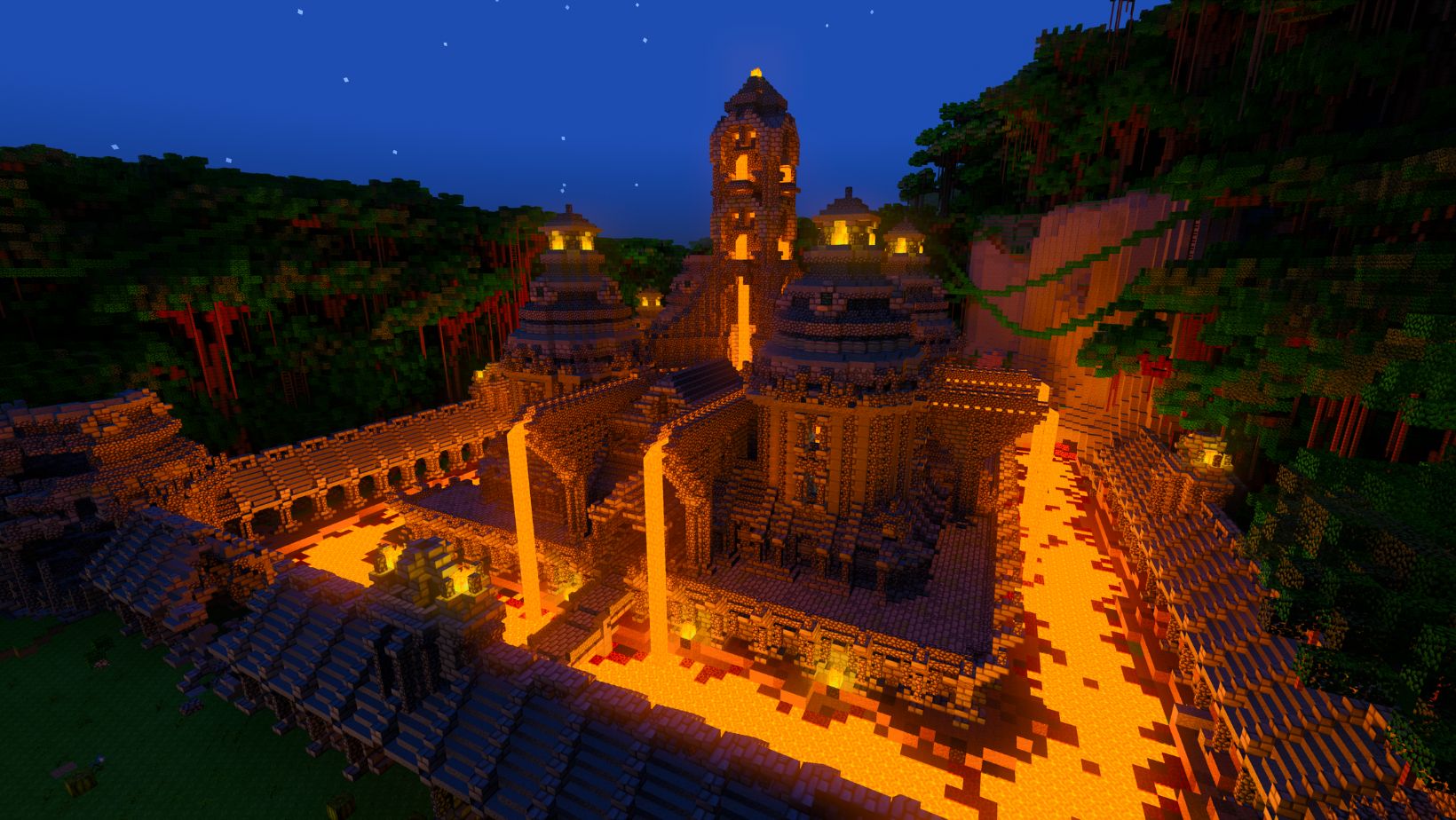
Content creation and streaming. Twitch and YouTube are filled with people who’ve built entire careers around Minecraft. Some focus on comedic commentary, others create tutorials or challenge videos, and there are even those who do immersive storytelling. The market may be crowded, but it’s still possible to stand out. Good communication skills, a unique style, and the willingness to innovate can turn a casual hobby into a reliable source of income.
Educational roles. If you love explaining how to set up a redstone-powered door or how to herd villagers for a trading hall, you might enjoy teaching. Many educators use Minecraft to engage students in math, history, or even language arts. There are dedicated versions of the game tailored for classroom use. Sharing your passion with younger learners can be a fulfilling way to combine teaching and gaming.
Server administration and community management. Running a Minecraft server calls for leadership, technical skills, and conflict resolution. Server admins set the rules, maintain updates, install plugins, and moderate player interactions. That’s not far off from managing online forums or large social media groups. If you excel at it, you can develop a career in IT support, cybersecurity, or community management. Companies often look for people who can handle complex systems and keep a diverse user base happy.
Final Thoughts
Minecraft’s unique charm lies in its open-ended nature. You can hop in just for fun, build a small house, and log off. Or you can spend hours forging new tools, exploring hidden realms, and creating massive structures with friends from around the world. Along the way, you’ll probably pick up problem-solving skills, learn to communicate better, and maybe even stumble onto a possible career path you never considered. Some of us might be content to potter around in single-player worlds, but others will see that the game’s community is a training ground for real-life pursuits.
In my opinion, there’s value in exploring Minecraft not just as an entertainment platform but also as a tool for growth. It challenges us to think in new ways, whether we’re figuring out redstone circuits or trying to stop skeletons from crashing our survival base. And if you’re the type who gets a thrill from turning a simple block structure into a stunning monument, you might find that the skills you develop here can take you beyond the game. Maybe they’ll even lead you to a career that started with a few dirt blocks and a dream.
And that’s the spark that keeps Minecraft alive. It’s a game, yes, but it’s also a space for collaboration, creativity, and hands-on learning. If you keep at it, you might be surprised how much you can accomplish—both on-screen and off.



